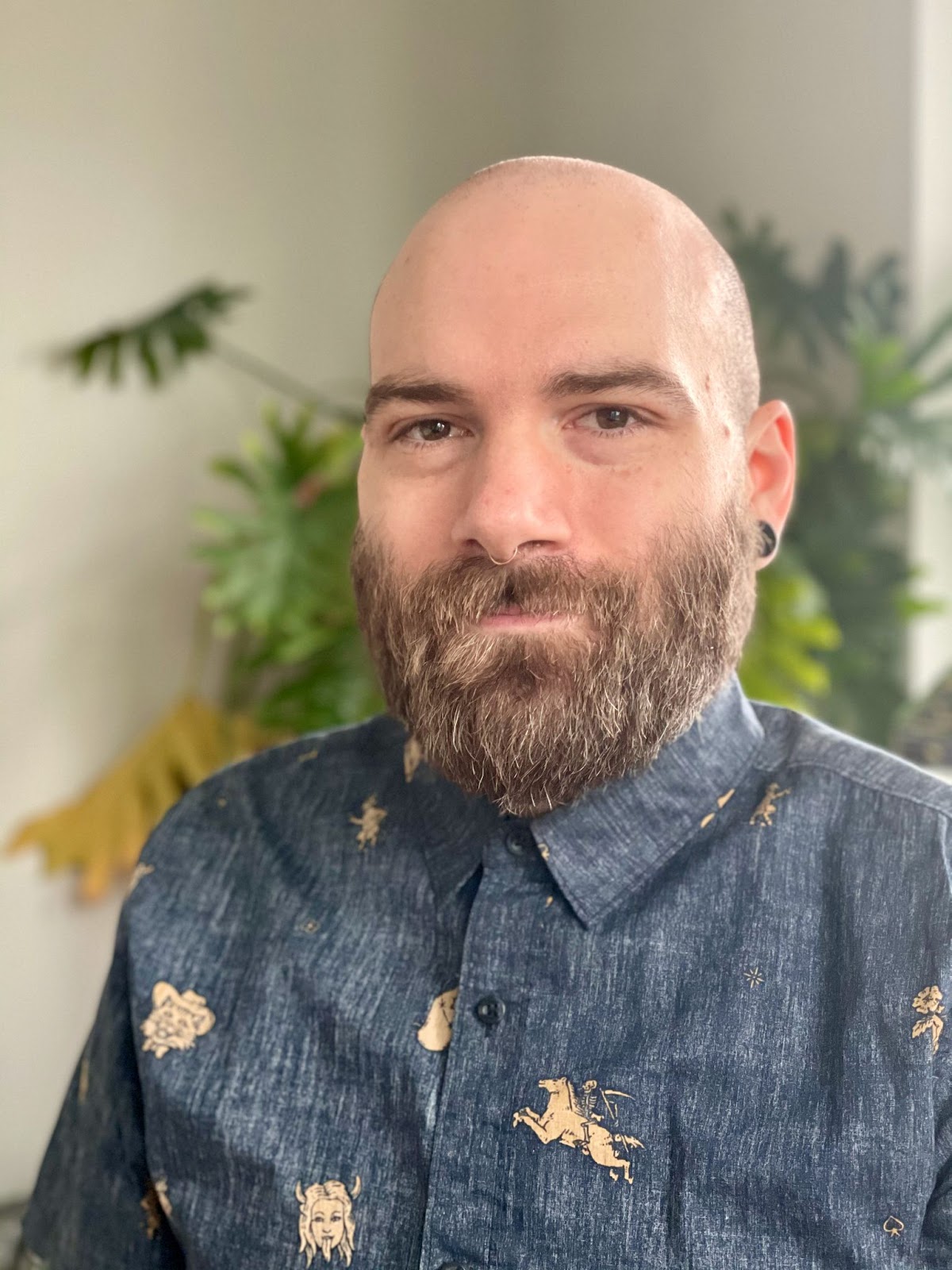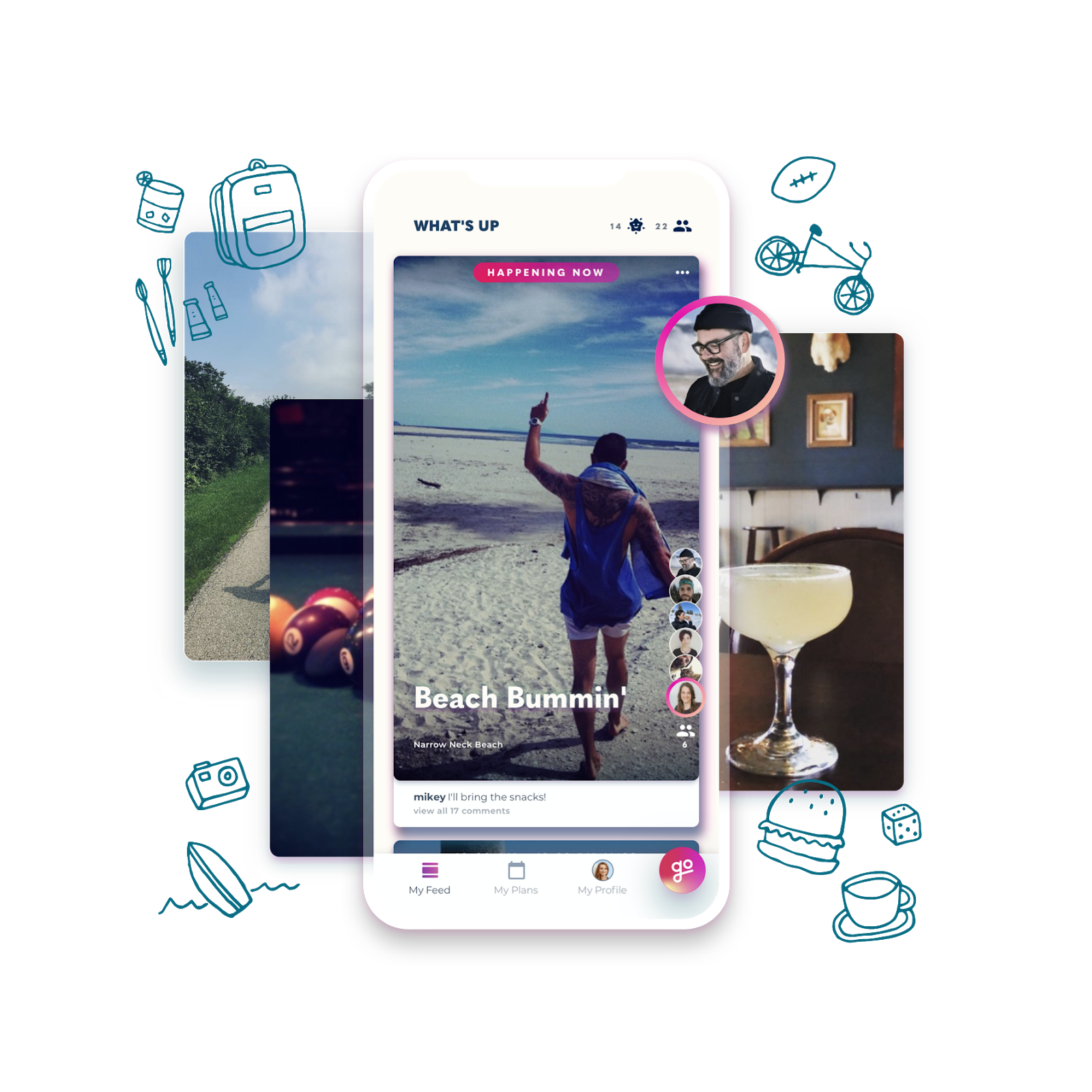Built With MongoDB: Go

“Social media was supposed to augment our friendships and give us more to talk about — but it’s actually starting to replace our relationships,” laments Sean Conrad, the co-founder and CEO of Go.
After 10 years of working at large tech companies and bootstrapping a multimillion-dollar gaming company, Sean started building Go, a social app focused on helping friends create plans to hang out in person. Combining data science, social networking, and event aggregation, Go provides users with a custom, curated feed of cool things to do and friends to do them with.
Go is live in New Zealand and (very recently) Australia with over 40,000 downloads and 500 businesses. The startup has raised $6.7 million in seed funding and has been building with MongoDB from the start.
For this edition of #BuiltWithMongoDB, we spoke with Sean about the business, being a second-time founder and CEO, and his experience with MongoDB.
MongoDB: You actually started building during the COVID-19 pandemic. How did that impact the product, given that your mission is to bring people together in real life?
Sean: It impacted us in so many ways. We researched the space throughout 2019, and started building the app in early 2020, planning for a fall release in Portland or Los Angeles. And then the pandemic hit the United States. We realized it was jokingly bad that we were building an app to bring people together just when social distancing was becoming a requirement.
For a month, we contemplated a lot of possible ideas, and we had some cool ones, but our passion was really about making offline connections stronger. We spent the summer working on the product, and then launched in New Zealand because that country had handled the pandemic well and reopened. The product has been a huge success in New Zealand, and after iterating on it, we recently launched in Australia. Our plan is to launch in the United States, starting from Los Angeles, during the summer of 2021.

MongoDB: You mentioned that you've used MongoDB before. What has your experience been like with MongoDB as a 2x founder?
Sean: At my previous company, we scaled up to about 30 million downloads, and we ran it on MongoDB. We were not database experts, and it was very easy to use. It was 2013 when we started using MongoDB. We had our hiccups and had to learn what indexes were, but we became really comfortable with the platform. For Go, we picked MongoDB out of comfort.
When we got started with Go, MongoDB Realm was still in preview. We would’ve used it had it been around, but we built our first product on Firebase Firestore. Firestore ended up being a bit limiting for us because we wanted to build a feed-based system (in Go, it’s showcasing a series of events or things to do that are interesting to you and your friends), so a lot of filters are necessary. That requires many different types of unstructured data that’s difficult to put into a simple schema. Managing these things demands a lot of documents and data duplication, and MongoDB was a good fit for that.
We like that Atlas has full-text search built on Apache Lucene, which is a powerful text search library. We are just getting into that.
In addition, most of our compute runs on AWS. We use a lot of containerized stuff on AWS, and a little bit of Lambda stuff, and we’re moving to a serverless environment. I’m not sure what the future of Go is, but I’m confident MongoDB will play a part in it.
Our mobile app is written in Flutter, Google’s competitor to React Native. We like that quite a bit.
MongoDB: What is the last technical podcast you enjoyed?
Sean: It’s All About Widgets, a podcast about Flutter. We’ve got a really talented group of developers on our team — two of them are ranked in the top 15 Stack Overflow Flutter contributors! One of our developers Raouf Rahiche spoke on their second episode. It was really cool to hear a team member talking on this podcast.
MongoDB: As a second-time founder, what is one thing that was unexpected for you in building this business?
Sean: This is the first business in which I’ve raised funding, and I couldn’t have done it without my co-founder, Jesse Berns. For my last business, I started with something small with a few people, found product-market fit, and grew that. With Go, we started with a much more grand vision in mind, so it made sense to operate more like a traditional Silicon Valley startup, raising capital and growing the team quickly. With all startups, you’re operating with very few known facts, but when you raise money everything just tends to get bigger, faster, and I always say this is like ‘operating on hard mode’ — but in our case, it’s worth it.
Our goal with Go is to help people manage their friendships in the same way that LinkedIn helps people manage their professional lives, and if we’re successful, that’ll entirely change how people make plans and optimize their friendships for more time together face-to-face. It’s built to inspire us to live our ideal lives, whether that’s basement art shows, unforgettable live music, lunch with friends at a special place that could only exist in your neighborhood, or a slow bike ride down by the river. It’s built for the mundane and the thrilling and everything in between.
We’re at a really exciting moment in history where all the trends — adoption of mobile, the upcoming end to the pandemic — are going to enable a culture where people want to find humanity and joy in person, and human-facing tech is going to have a big impact in the next few years. With Go, we’re really excited to be part of that.
Looking to build something cool? Get started with the MongoDB for Startups program.